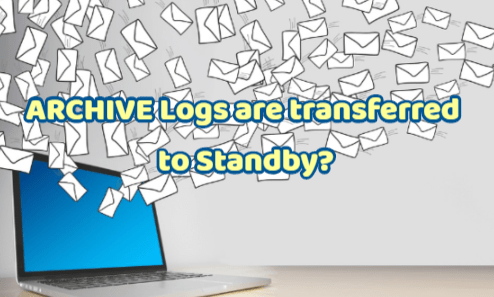if your Oracle client version is 11.1.0.7 and you use Oracle 12.2 databases with a patch applied after April 2018 PSU, you receive an error …
Read More »
if your Oracle client version is 11.1.0.7 and you use Oracle 12.2 databases with a patch applied after April 2018 PSU, you receive an error …
Read More »Whether the ARCHIVE Logs are transferred to Standby can be seen from the ALERT LOGs as follows. [crayon-6957b4a7ea546315640203/] After the archives are created, sometimes writing …
Read More »This article contains information about Oracle SQL Plus tool. What is Oracle SQL Plus? SQL Plus is a tool for managing the database management system …
Read More »If you enable the unified audit feature announced with 12c, all audit records will be in the UNIFIED_AUDIT_TRAIL table. Logon failure records will not be …
Read More »If you want to learn What the Redo Log is, you should read the article named “Oracle Redo Log And Archive Log”. I will tell …
Read More »What is the SYSAUX Tablespace and What is it used for? In Oracle databases, SYSAUX tablespace is an auxiliary storage space for SYSTEM tablespace. Most …
Read More »What is Redo Apply? Redo Apply performs the task of creating a block-by-block copy of the Primary database. The operations are as follows; The RFS …
Read More »When runinstaller for Oracle 19c database installation is run in Linux environments, a blank screen appears due to problems with fonts. The same problem occurs …
Read More »This article provides information about how to install oracle database in docker and oracle usage in docker. For detailed information about Docker before installation, please …
Read More »The principle of least privilege (POLP) is an important concept in computer security, is to restrict users’ privileges to the minimum level they need to …
Read More »